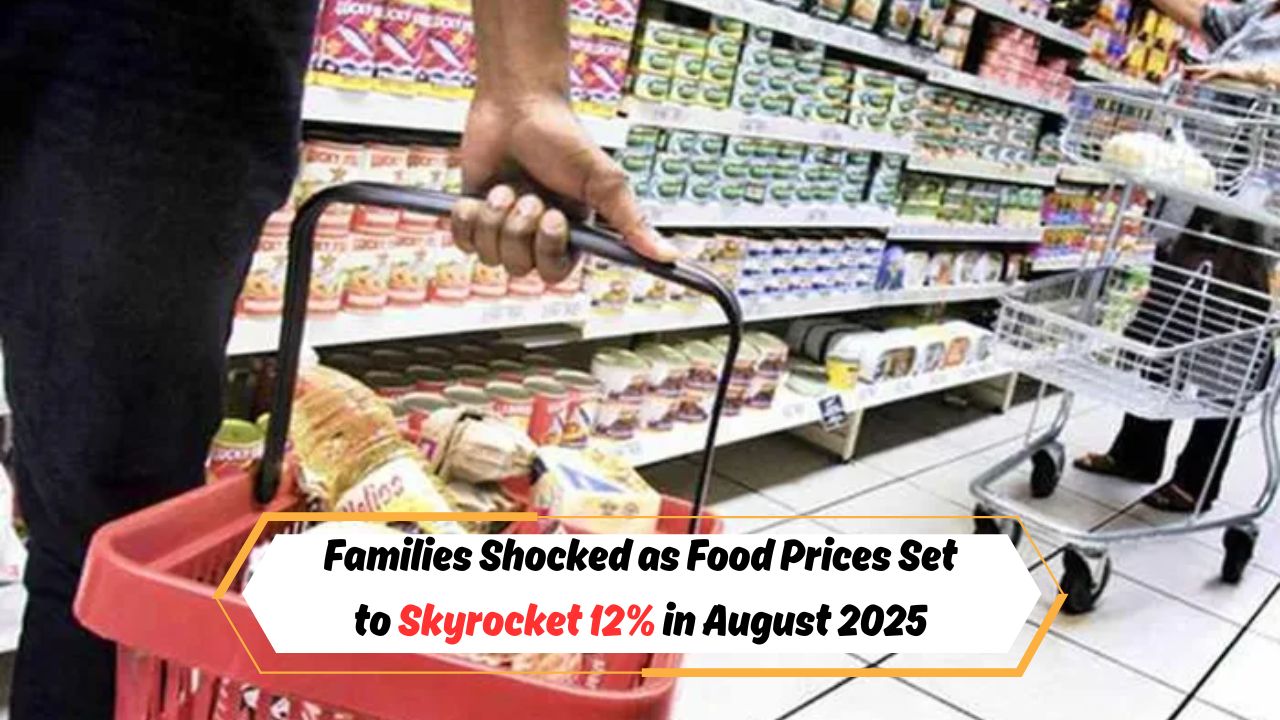Food Prices – The rising cost of living continues to take a toll on families across the country, with food prices projected to surge by 12% in August 2025. This sharp increase means that essential grocery items like fruits, vegetables, dairy, and grains will become even more expensive, pushing monthly household budgets to their limits. Many families are already struggling to keep up with inflation, and this latest spike is expected to add thousands of rupees more to their monthly expenses. Experts warn that without immediate government intervention, the impact on middle- and lower-income households could be devastating.
Why Are Food Prices Rising So Rapidly?
Several factors are contributing to the sharp rise in food prices. Unpredictable weather patterns, such as droughts and unseasonal rains, have severely impacted crop yields. Additionally, rising fuel prices and transportation costs are driving up the cost of delivering goods to markets. Import restrictions and currency fluctuations are also making imported food items more expensive. These issues create a ripple effect that increases the cost of everything from fresh produce to packaged foods. Experts believe that unless these factors are addressed soon, families will continue to bear the financial burden through the rest of the year.
How Families Are Coping with the Surge in Prices
With food costs escalating, families are being forced to make tough choices. Many are cutting back on non-essential items, opting for cheaper brands, or reducing the quantity of food they purchase. Some are turning to community support programs and food banks for assistance. Budgeting has become a daily challenge, especially for households with children or elderly members who have specific nutritional needs. As the cost of necessities continues to rise, the emotional and financial stress on families is growing. These circumstances highlight the urgent need for long-term policy measures to provide relief and ensure food security.
Impact on Nutrition and Health
The rise in food prices isn’t just a financial issue; it’s also a public health concern. When healthy foods become too expensive, families may turn to cheaper, processed alternatives that are high in sugar, salt, and unhealthy fats. This shift can lead to a spike in nutrition-related health problems such as obesity, diabetes, and heart disease. Children and elderly individuals are particularly at risk. As households prioritize quantity over quality, the overall nutritional standards of meals are declining. This situation underscores the importance of making nutritious food both accessible and affordable for all income levels.
Government Response and Possible Solutions
In response to the crisis, the government is under increasing pressure to act. Possible solutions being discussed include increasing food subsidies, reducing import duties, and providing financial assistance to vulnerable families. Long-term strategies may involve investing in sustainable agriculture, improving supply chain infrastructure, and stabilizing fuel costs. However, policy changes take time, and many families need immediate support. Experts suggest that collaborative efforts between government agencies, private sectors, and NGOs will be essential to mitigate the crisis. Unless decisive steps are taken now, the food price surge could lead to long-lasting economic and social consequences.
